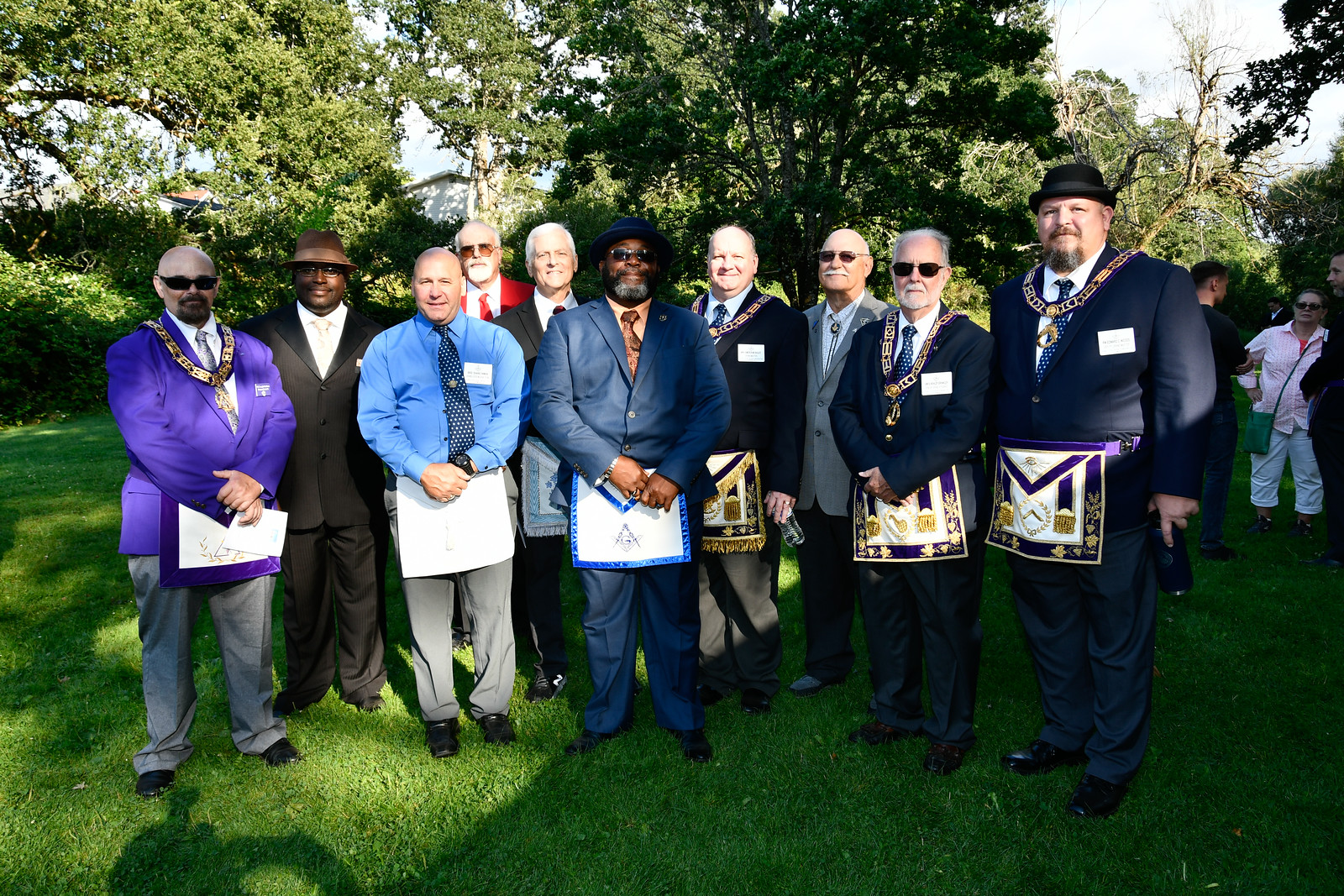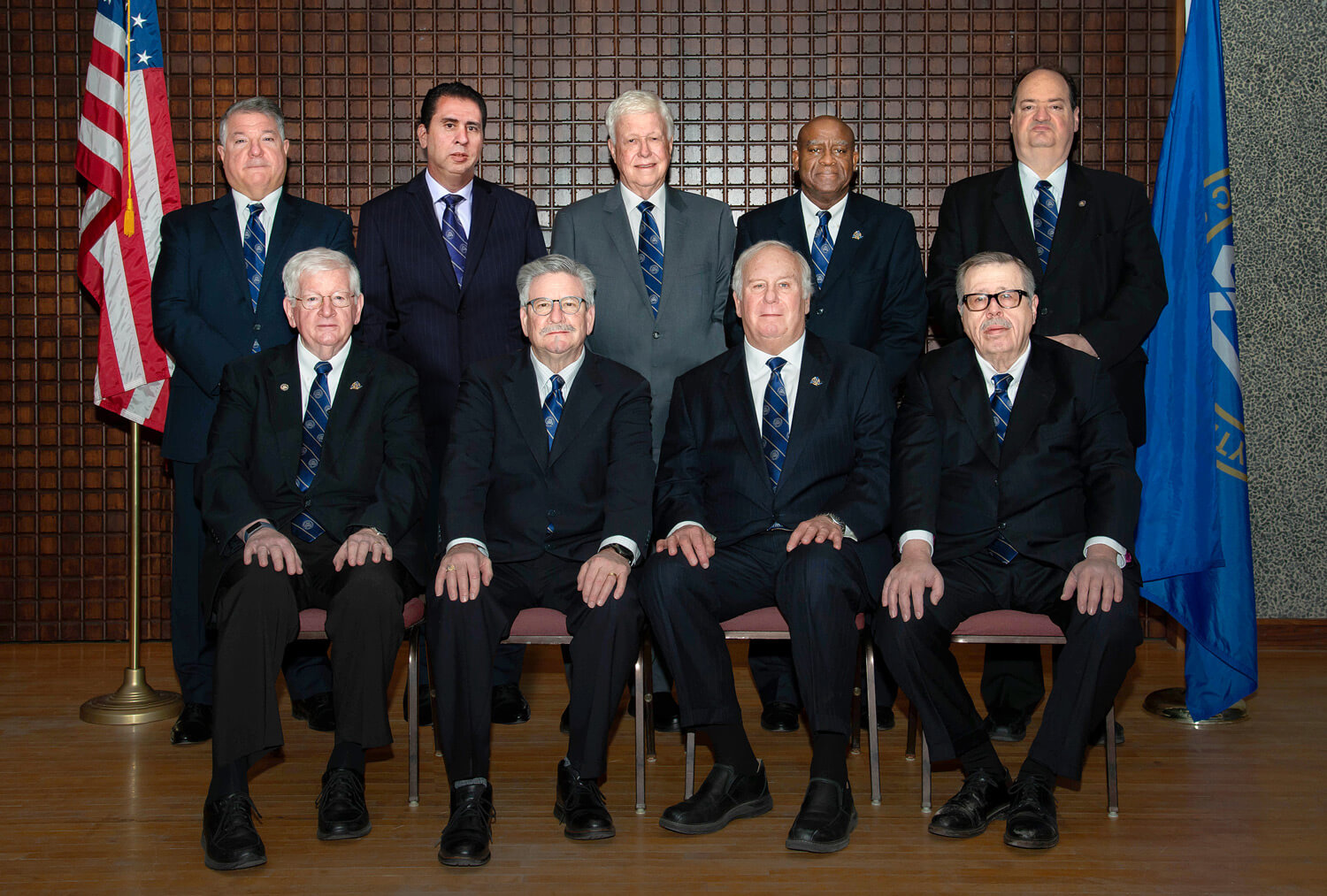Easy Steps to Help You Understand How to Join a Masonic Lodge Confidently
Easy Steps to Help You Understand How to Join a Masonic Lodge Confidently
Blog Article
Checking Out the Mysteries of the Freemason: What You Need to Know
The Freemason, a term commonly shrouded in intrigue and dispute, represents a complex tapestry of historical truth and modern misconception. Established in the late 18th century, this secret culture was at first rooted in the Enlightenment's perfects but has since come to be synonymous with conspiracy concepts concerning elite control. As we navigate the beginnings, vital numbers, and the stark contrast between misconception and truth, one have to take into consideration just how these stories affect contemporary perceptions of power and secrecy. What may be disclosed via a more detailed assessment of these aspects might challenge long-held assumptions concerning the darkness that remain in our society.
Beginnings of the Freemason
The beginnings of the Freemason are soaked in a blend of historic intrigue and ideological fervor. Developed in 1776 in Ingolstadt, Bavaria, by Adam Weishaupt, the group was at first formed as a secret society targeted at promoting Knowledge perfects such as reason, secularism, and the splitting up of church and state. Weishaupt, a teacher of canon legislation, looked for to challenge the prevailing authority of the church and state, which he considered as oppressive organizations suppressing intellectual and personal flexibility.
The Freemason looked for to hire influential participants from numerous societal fields, consisting of politics, academia, and the arts, to promote a network committed to these Knowledge principles. The society run under a shroud of privacy, employing coded language and rituals to secure its participants from persecution, particularly offered the repressive environment of the moment. The Freemason encountered substantial resistance from both governmental authorities and religious institutions, which saw the group as a risk to their power.
Secret Numbers and Participants
That were the crucial numbers that formed the Freemason's very early impact and instructions? The Bavarian Freemason, established in 1776 by Adam Weishaupt, arised as a feedback to the overbearing social frameworks of the moment. how to become a freemason. Weishaupt, a regulation teacher, pictured the company as a way to advertise Knowledge suitables such as reason, secularism, and equality. His initial recruitment efforts consisted of significant pundits, such as Baron von Knigge, that played a critical duty in increasing the team's membership and organizational structure.
An additional considerable figure was Johann Gottlieb Fichte, a popular theorist whose ideas on nationalism and education and learning reverberated with the Freemason's goals. Fichte was not a formal participant, his thoughtful foundations influenced the team's ideology. Additionally, numbers like the writer and thinker Johann Wolfgang von Goethe were related to the wider intellectual movements of the moment, although their direct participation with the Freemason stays debated.
These vital numbers added to the Freemason's very early direction, pressing the limits of political and social idea, while their collective initiatives intended to challenge established standards and foster an environment of progressive adjustment in Europe.
Myths vs. Fact
Several misunderstandings border the Freemason, often blending reality with fiction in a way that obscures its true nature. The concept that the Freemason proceeds to exert substantial impact over globe occasions is a myth - how to become a freemason.
Another common misconception is that the Freemason consists of a network of elite people manipulating worldwide events. Actually, several conspiracy theories exaggerate the team's value, attributing misguided objectives to social fads and events. This has resulted in an oversimplified sight of complex issues.

Modern Analyses
Contemporary analyses of the Freemason often reflect wider societal stress and anxieties and an attraction with privacy and power. This modern-day lens regularly links the Freemason with conspiracy theory concepts that recommend a surprise elite orchestrates globe occasions, adjusting federal governments and economies for their own gain. Such stories use a deep-rooted distrust of authority, particularly in times of crisis or social turmoil.

Furthermore, some modern analyses frame the Freemason as an allegory for the intricacies of globalization and the interconnectedness of significant individuals and reference companies. This viewpoint motivates a vital assessment of how power dynamics operate in today's globe, highlighting the balance in between openness and secrecy in governance and corporate techniques.
Social Effect and Tradition
Influenced by centuries of intrigue, the cultural influence and tradition of the Freemason prolong far click site past its historic origins. This secret culture, developed in the late 18th century, has penetrated numerous aspects of popular society, from literary works and film to songs and art. The idea of the Freemason has advanced right into a symbol of conspiracy theory concepts, frequently standing for a perceived hidden power adjusting worldwide occasions.
In literary works, authors like Dan Brown have actually woven the Freemason into detailed stories, captivating viewers with themes of privacy and power. Films such as "National Prize" and "The Da Vinci Code" even more bolster the appeal of the culture, blending reality with fiction to produce interesting narratives.
The Freemason's impact also expands into songs, with musicians referencing the organization to stimulate themes of disobedience and societal critique. This representation has added to an attraction with the idea of private groups managing the bars of power, reflecting social anxieties regarding authority and openness.
Ultimately, the Freemason's tradition is a complex tapestry of myth and fact, forming understandings of privacy and control in modern discourse. Its enduring visibility in society underscores humankind's seasonal quest for comprehending surprise truths.
Final Thought
The expedition of the Freemason discloses a complex interplay between historic realities and modern-day myth-making. Established in the Enlightenment age, this culture intended to test oppressive structures, yet its tradition has been eclipsed by conspiracy theory concepts that suggest elite adjustment. Understanding the distinctions in between the original suitables and modern interpretations is crucial for comprehending the enduring attraction with the Freemason and its significant influence on cultural stories surrounding power and privacy in culture.
Report this page